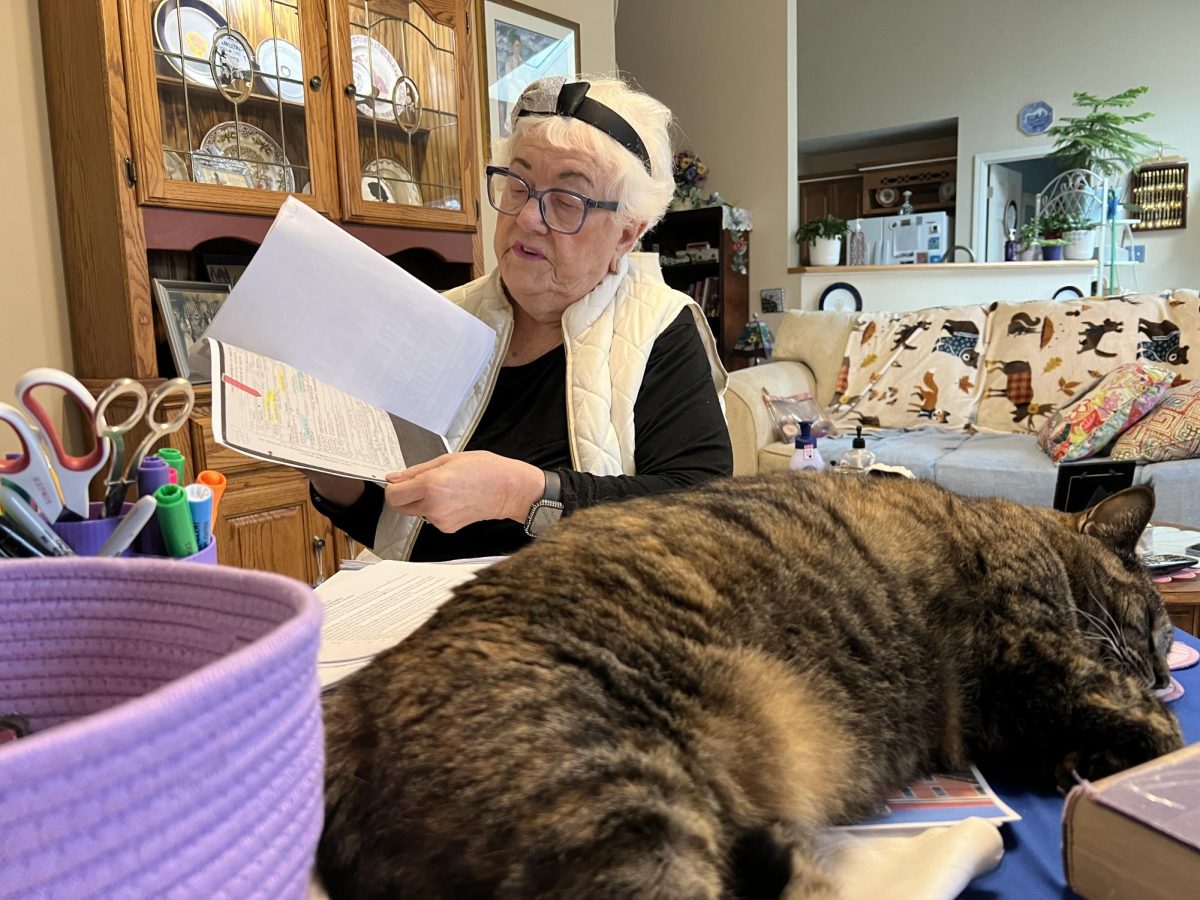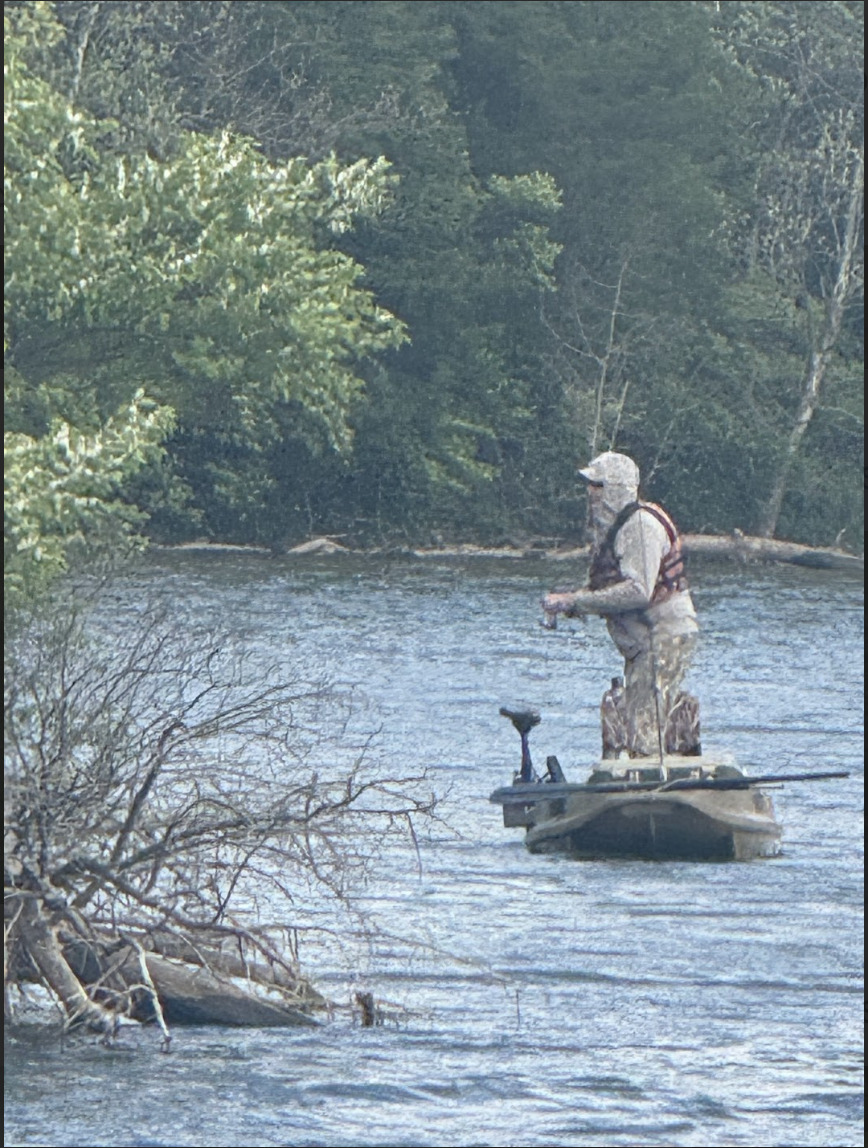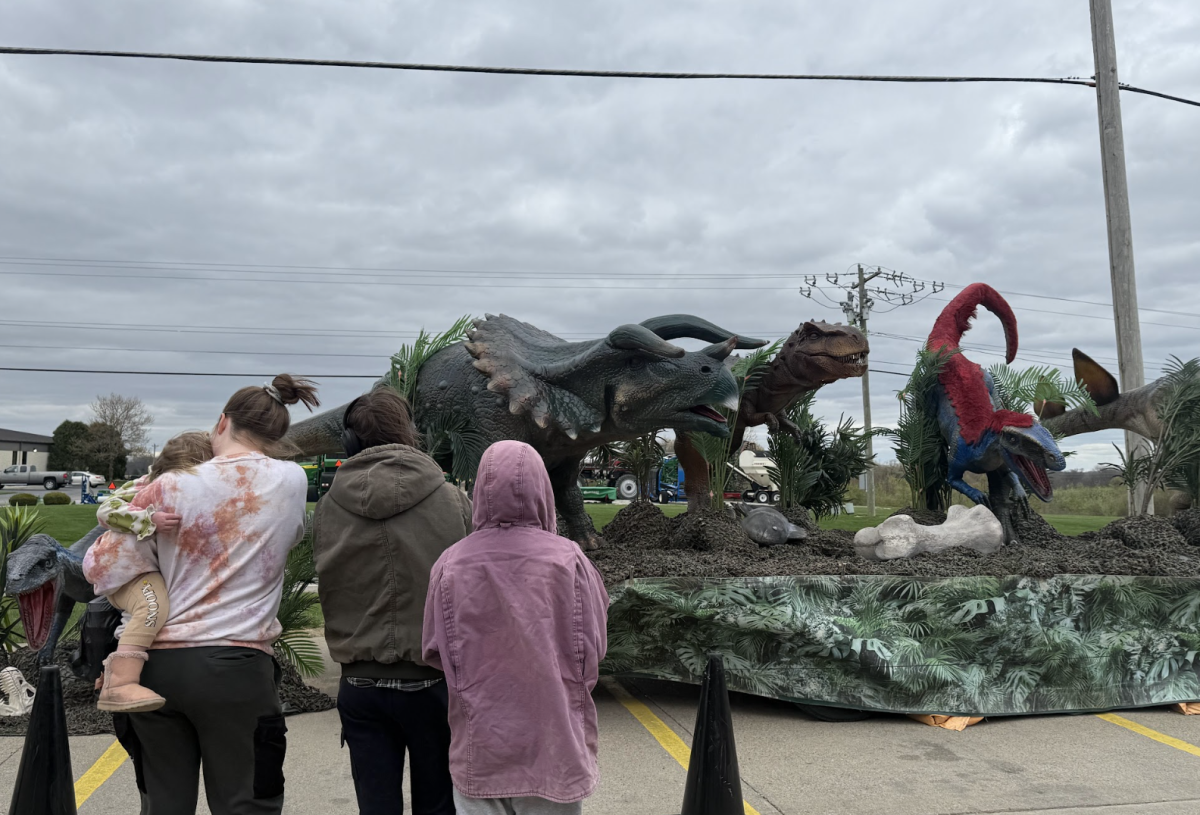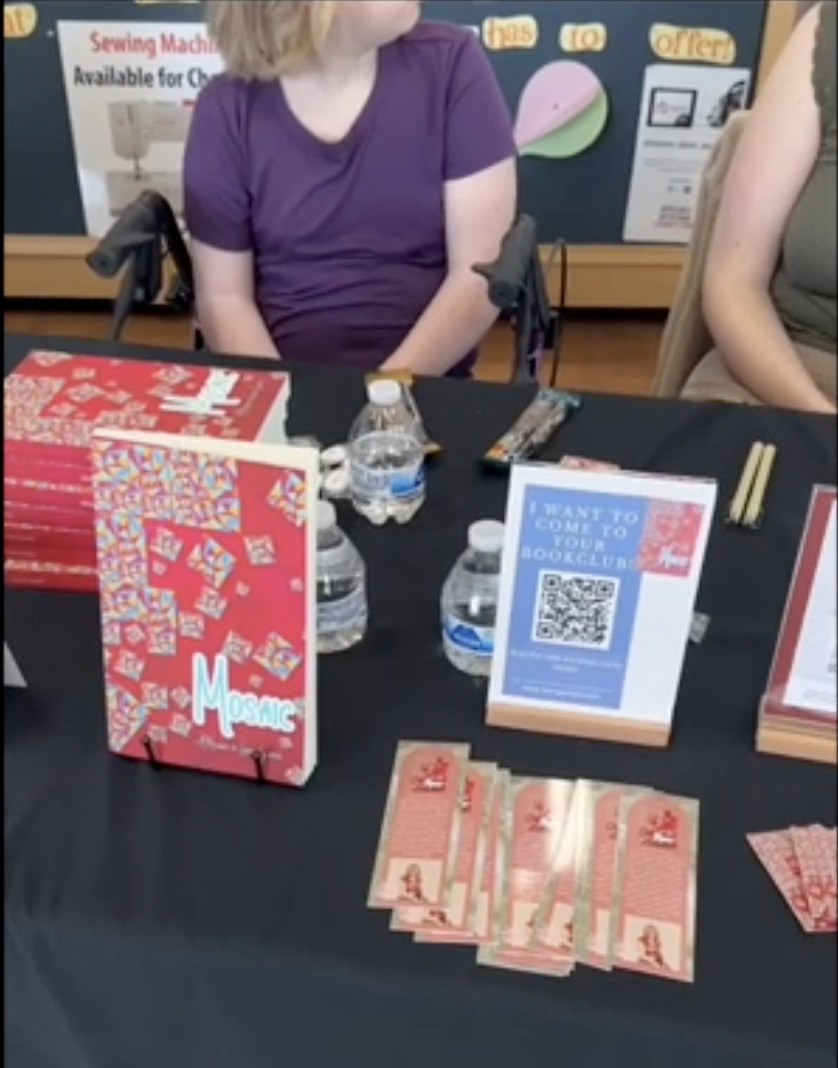Kathleen Stuckey Fox, 80, of Oxford, remembers the day she decided someone needed to preserve the history of local figures in Butler County.
It was 2012, and Fox’s cousin brought her on a trip to Virginia. While there, the pair toured the homes of three U.S. presidents — Thomas Jefferson, James Madison and James Monroe. Fox fell in love with the houses, but she soon turned her mind back to her own home in Oxford and remembered the town’s own first lady, Caroline Scott Harrison.
When she returned to Oxford, Fox made it her mission to get an Ohio Historical Marker and a statue of Caroline Scott Harrison outside the building.
Work by Fox, a retired Miami University English department secretary, has led to four historical markers in Butler County, and she’s working on getting approval from Ohio History Connection for a fifth. The application, which Fox began focusing on last September, is due May 1.
Fox has also self-published two books on local figures with whom she has family connections. Her third book focuses on Stella Weiler Taylor, who published a column in the Hamilton Journal-News called “Rosemary, That’s For Remembrance” from 1931 until 1948. The book was financed by the Hamilton Community Foundation, with proceeds benefiting the Butler County Historical Society.
“My mother wrote a biography about Stella Weiler Taylor in 1940 because they were friends,” Fox said “… and so 83 years later I took the pen out of my mother’s hand and finished the biography.”
Fox’s own parents appeared often in the column, which was published in each Saturday edition of the paper. Fox describes Taylor’s writing as a “society column” in her book, with each story focused on life in and around Hamilton. Taylor begins one column from May 24, 1941, with “A welcome and witty note announces the arrival at Mercy Hospital of Miss Neil Ann Stuckey,” who was Fox’s sister.
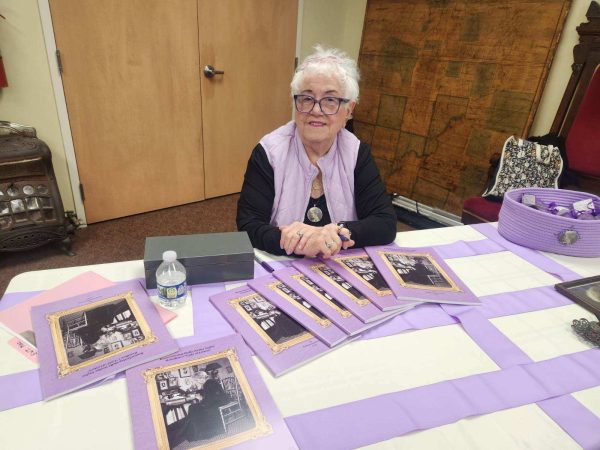
Fox first began collecting information about Taylor in 2019 hoping to get a historical marker for Taylor so that others in Hamilton could learn about her. The first application was denied. Now, Fox is going through the lengthy process again.
Requesting a historical marker requires background research on the subjects’ lives and each person’s impact on the area. Fox completed the background research while working on her book. She also had to compile hundreds of pages of supplemental information to confirm Taylor’s historical significance and reduce Taylor’s story to 130 words on each side of an eventual plaque.
“Everything has to be documented,” Fox said. “I’ve worked hundreds of hours on this.”
Diana Royer, an English professor at Miami, has known Fox since the ’90s and worked with her on another self-published book in 2018. Royer said Fox “always goes over what’s needed” and works well with others.
“She’s genuinely enthusiastic about the projects that she does,” Royer said. “She’s definitely a kind-hearted and giving person. She wants to give back to the community which raised her.”
Preserving local history is time-consuming, but Valerie Elliott, former manager of the Smith Library of Regional History, said it’s important that people engage in this work to help us remember our past.
“Accuracy is extremely important, and justifying every statement with source materials,” Elliott said.
Elliott said she has helped with many historical marker applications and other local history projects in the past through her role at Smith Library, which she retired from in 2020. She said the projects have to meet deadlines and secure funding, often through grants, all of which can be time-consuming in addition to the necessary research.
Historical markers are “a great way to get the word out on events and people and other things that happened in the past,” she said.


